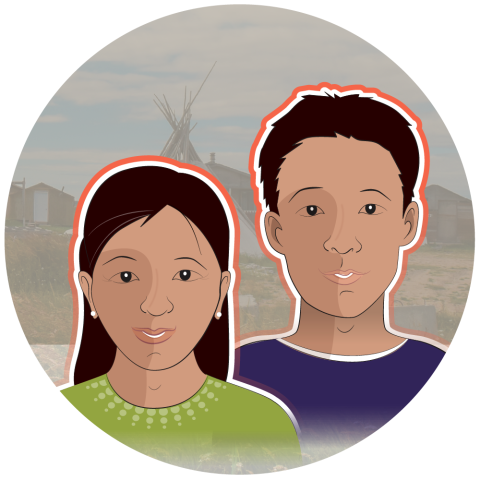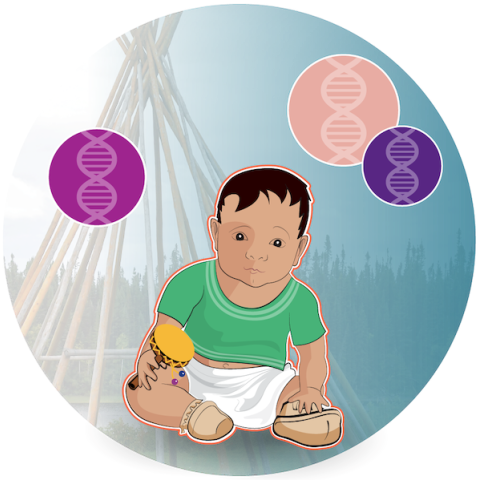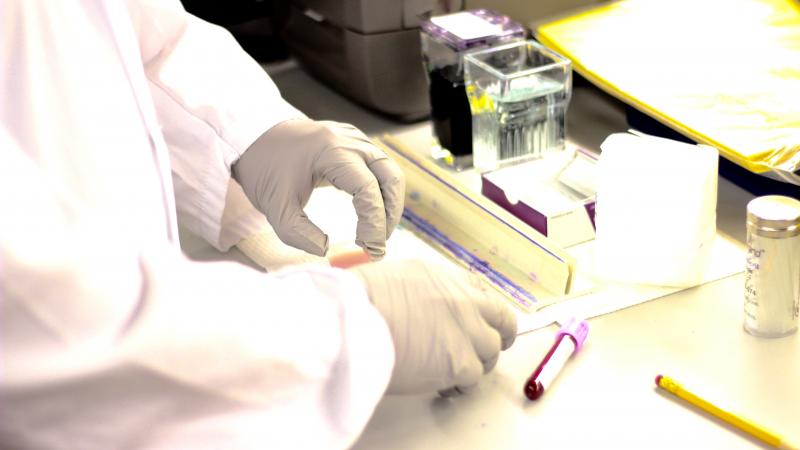CE/CLE
Cree Leucoencephalopathy (CLE) and Cree Encephalitis (CE) are diseases which are passed from parent to child. Both of these diseases affect the brain development of young children. There is no cure for either disease.
How common are these diseases?
- 1 in 300 to 400 children can be affected in Eeyou Istchee
- 1 in 11 people are carriers of CLE
- 1 in 17 are carriers of CE

If my partner and I are healthy, how can we have a child with the disease?
- Each person has 2 copies of every gene, 1 from the mother and from the father.
- A gene is like an instruction manual that tells the body how to grow and work. Children with CLE or CE have two unhealthy (defective) genes.
- People with only one defective gene are completely healthy. But since they carry one defective gene, they are called carriers.
What happens if you and your partner are both carriers
Did you know?
It means that there is a:
- 75% chance that the baby will not be affected by CLE or CE for each pregnancy.
- 50% chance that the child will be healthy, but will carry the disease gene.
- 25% chance that the child will have CLE or CE disease
- 25% chance that the child will be healthy, and will not be a carrier
If only one of you is a carrier, there is NO chance that your child can have the disease. However, your child may be a carrier.
If neither you nor your partner is a carrier, all your children will be healthy and none will carry the disease gene.

Symptoms of CLE and CE
CLE
- Babies with CLE look healthy at birth.
- The first signs start 3 to 9 months after birth.
- These signs usually start after a fever or virus.
- The baby may have convulsions (seizures).
- Muscles may become weak, or too stiff (spastic).
- Muscle and eye movements and positions may be abnormal.
Babies usually die after a few weeks or months.
CE
- Babies with CE usually have problems from birth.
- They have small heads, and weak muscles.
- They have slow physical and mental development.
- They may be unable to sit, walk or speak.
- They are often blind, and have very stiff (spastic) muscles.
- They suffer from many infections
Children with CE usually die in early childhood.
How do I know if I am a carrier
You can find out if you are a carrier by a blood test.
Your partner should also have this test. If you choose to have this test, we will give you more information and support you throughout the process.
Prenatal diagnosis (testing the baby during the pregnancy) is also available.
Support
Martine
Roberge

The program is for couples planning to have a child, women of childbearing age, men considering parenthood, and people with a family history of CLE


